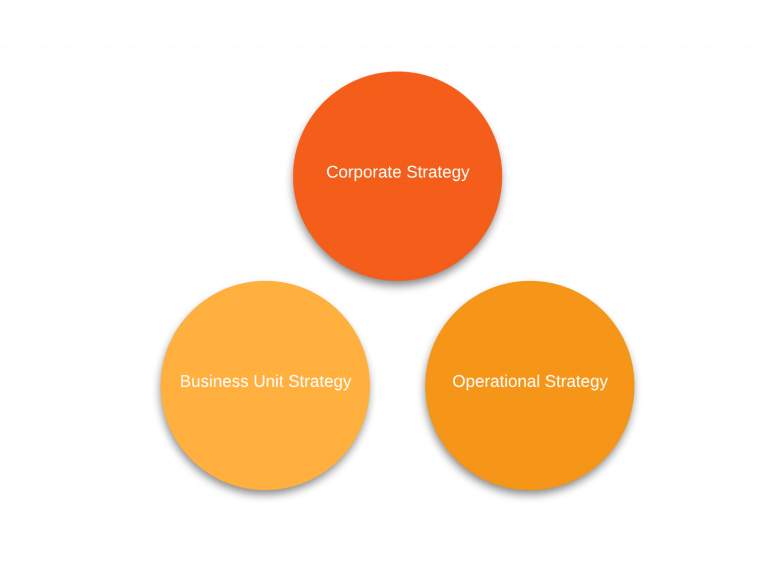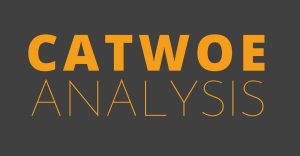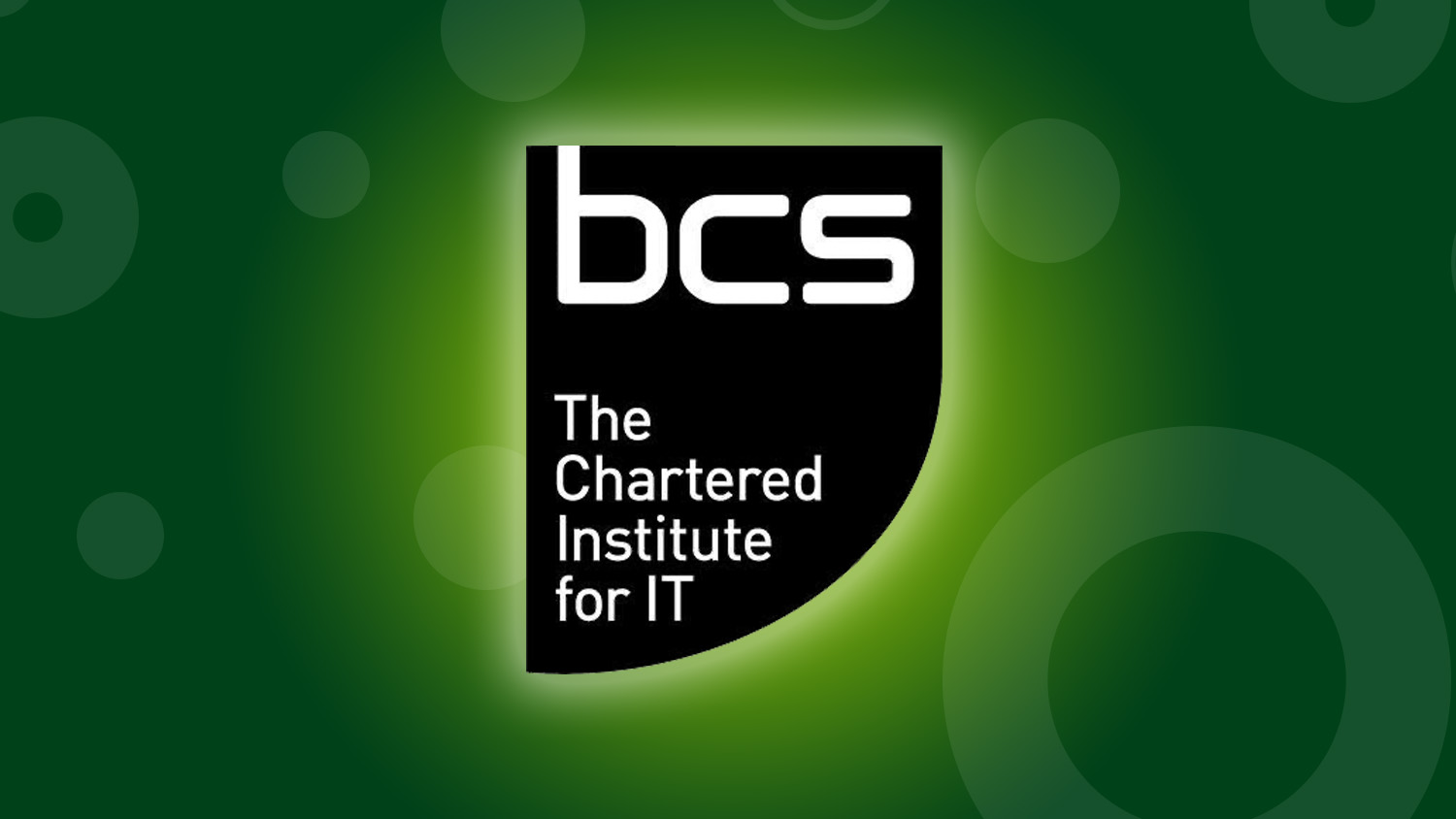Strategy Analysis for Business Analysts
Strategy Analysis
Strategy Analysis is an extensive field of expertise. In this article you will learn about strategy as a discipline, its context and some tools and techniques that are often deployed in the strategy analysis domain.
The Context For Strategy
We live in an increasingly global society, which seems to be constantly changing. We have large and small companies operating around the world, employment contracts are changing from full-time permanent contracts to cover a series of contracts, such as part-time, zero hours, fixed term, etc. Society itself has changed. No matter where we are, everyone has more and more opportunities to obtain information.
The need For Strategy
Many companies have some centralized functions on a global scale, but many decisions are made locally. Combining these with the advancement of technology and information systems, it is clear that formulating strategies is not an easy task, which in turn increases the complexity of the business analyst role. Organizations must adapt to these changing needs to remain competitive and profitable.
Making strategies is considered a “hard” discipline, while implementing change requires creativity and change skills, which are considered “soft” skills. This leaves us with two questions:
- How can strategy be formulated in a changing environment and
- How can the strategy be implemented?
In summary, we can therefore state the following:
First, organizations need to understand and define business goals or tasks. We usually refer to them as “directions” in strategic terms. For example it could be to develop markets for our products in the developing nations, or develop a series of new products that avoid the use of plastics.
Second, the organization needs to consider within which time frame the guidance should be completed.
In our example, we may consider developing a new market as a long-term goal within five years, and within two years we may need to develop a series of new products.
After determining the direction and timetable, the organization must consider the resources required to implement the strategy, which will involve personnel, funds, assets, technical capabilities, etc.
Finally, our organization must consider the internal and external environment in which this strategy is implemented. But before we discuss the internal and external environment, its important to discuss the definition of strategy.
Definition of Strategy
The Chartered Institue for IT uses two definitions for strategy. The first one is from Johnson, Scholes and Whittington from 2008:
“Strategy is the direction and scope of an organization over the long term, which achieves advantage for the organization through its configuration or resources within a changing environment and to fulfil stakeholder expectations.”
The second definition is from George Steiner, who described strategy in 1979 as:
- What top management does
- Being about direction
- What sets in motion the important actions necessary to achieve these directions and
- What organizations should be doing.
Based on these defitions, we can thus state that strategy is about:
- The long term direction of an organization
- The scope of an organization’s activities
- Advantage for the organization over the competition
- Strategic fit with the business environment
- The organization’s resources and competencies and finally,
- The values and expectations of powerful actors.
Three levels of strategy analysis
Usually, strategy exists within an organization at three levels: corporate, business unit and operational.

Corporate Strategy Analysis
- Concerned with the overall purpose and scope of the business
- Influenced by investors, governments and global competition
- Forms the basis of all other strategies.
Business Unit Strategy Analysis
- Below the corporate level are strategic business unites or SBU’s.
- These are organizational units with different and distinct markets.
- SBU strategies address choice of products, pricing, customer satisfaction and competitive advantage.
Operational Strategy Analysis
- Focuses on the delivery of the corporate and SBU strategies
- Achieved by effective organization and development of resources, processes and people.
Strategy development
The development of strategy typically starts from one of these points:
- Strategy associated with an individual such as the founder of a business, for example, Mark Zuckerberg, Facebook, Bill Gates, Microsoft and Richard Branson, Virgin, or a new CEO at an existing company.
- Strategy developed internally within the organization, known as intrapreneurs. Groups of managers may meet regularly to review market trends and develop new actions.
- Strategies suggested by the people who do the work or
- Strategy generated by a formal planning process. This is especially essential for bigger companies whose strategy is really long term.
Documentation of strategy analysis
No matter what the starting point for the development of strategy was, it is very important that a set strategy is well documented, since it offers the following advantages:
- Provide a focus for the organization and enables everyone to understand the reasons behind the top-level decisions and how they can contribute toward its achievement
- Provide a framework for the practical allocation of investment and other resources
- Provide a guide to innovation where new products, services or systems are needed
- Enable suitable performance measures to be developed and implemented which will indicate the level of success in achieving the strategy and
- Tell the outside world, especially key stakeholders and market analysts about us and the expectations they should hold.
How to start with strategy analysis
Before strategy can be documented, strategy must be set. In order to enable the management to make informed decisions on strategy, it’s the business analyst role to analyze both the internal and external environment in which a company is operating. To do this, the business analyst can deploy various techniques, such as PESTLE, Porter’s Five forces Model, MOST, Resource Audit, Boston Box and SWOT analysis. The techniques are visualized in the figure below:
As you can see, PESTLE and Porter’s Five Forces Model are used to analyze the external environment. The internal environment of a company is analyzed with MOST, a Resource Audit and The Boston Box. Finally, using a SWOT analyses, the internal and external environment are brought together.
Deploy strategy analysis
Read about the different techniques in the various blog articles:
Practice the BCS Foundation Certificate in Business Analysis
Over here you can practice for the BCS exam. A free practice exam is available, and for less then $10,- you buy two full practice exams with 80 questions.








